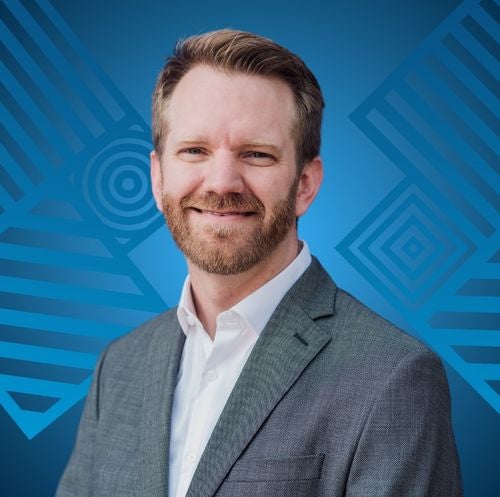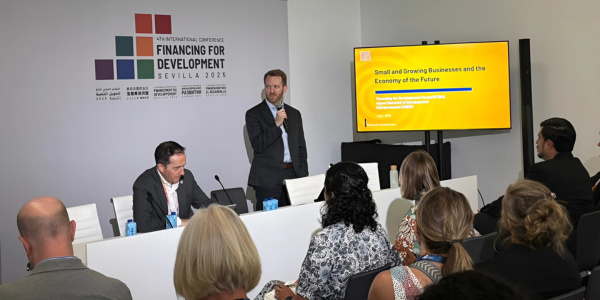Solving the SDGs via the private sector stands no chance if return seeking capital cannot find the demand in the form of scale ready businesses in the world’s poorest communities. We now know what we need to do to build them.
 By Devin Chesney, Executive Director, ANDE
By Devin Chesney, Executive Director, ANDE
Discussions at the UN Financing for Development 4 Conference in Sevilla will focus on mobilizing finance to achieve the Sustainable Development Goals. But the supply of capital does not magically create demand for it to be put to productive use. Capital goes looking for returns; what it needs are growing businesses that can use that capital to expand. How do we build stronger entrepreneurial ecosystems by pairing return-seeking capital with grant funding to foster greater demand for that capital in the places most in need?
In order to make real progress on these issues we need a shared understanding of the problem: a diagnosis of the problem of the missing middle. This middle has been known to be missing for so long that it is almost cliche among practitioners in this space. With some even growing so sick of the debate as to cheekily deny it is a real thing. Let’s not go to the extrem of denial. The missing middle is a very real thing in that it is a durable characteristic of underperforming economies to be missing small and medium size, growth oriented firms. Thus, the pyramid of firms that comprise these economies is rather oddly thin in the center and lacking precisely the kind of businesses that could put capital to productive use.
The usual logic of economic growth is to grow more medium and large-sized firms, which have higher productivity, economies of scale, and easier access to international trade, supply chain integration, and opportunities for technology transfers. To grow more large firms is a numbers game: it usually requires around 100 growth-oriented small businesses to produce 10 medium-sized firms, which in turn can make one large firm. If you don’t have enough entrants at the bottom, you won’t get the outputs you want at the top. This limited entrants problem is a structural reality of poor economies: growing a business in these contexts is hard, and support is limited and hard to find. This results in few entrepreneurs trying and even fewer succeeding.

The reasons for this are complex and multi-layered. I’ve attempted to model them, and you can join a discussion about the nuances on Linkedin.
-
-
What resonates?
-
What’s missing?
-
What needs more nuance or clarity?
-
Does it spark new ideas about how capital flows can be better structured to serve ecosystems?
-
The ideas are still evolving, and this is an experiment in opening up the thinking process. The final version of the model—and the way we communicate it—will benefit from your input.
The Model: Aligning Capital for Development Impact
At its core, the model presents a way to understand how to overcome these structural reasons, but the missing middle is still to be found. It offers a cohesive way of thinking about how to integrate different types of funding—commercial investment, philanthropic grants, technical assistance—that respond to the structural barriers that hold back entrepreneurs in emerging markets from growing.
Here’s the challenge we’re addressing: grant funding tends to focus on early-stage support to individual entrepreneurs or via microenterprises with little growth potential, while return-seeking capital cannot work early enough to build a strong pipeline, often leaving a critical gap that yields a limited pipeline of high-potential ventures trying to grow. By aligning these financial flows—layering flexible capital with catalytic support—we can build a foundation that both fuels individual enterprises and strengthens the broader ecosystem they depend on.
This is not a new idea in isolation but recent research has unlocked a key learning: the what and the how of Entrepreneur Support Organizations (ESOs) role in facilitating growth that draws capital in by stimulating the demand for it, rather than mobilizing more of its supply. ANDE’s own research and that of its partners have isolated the five principles of high-performing ESOs, and tested that it can be taught and used to improve performance for the underlying businesses they support by 8x on measures of revenue growth, employment, and capital raised.
Why Now?
The timing is critical. We’ll be convening this conversation at the UN Financing for Development Conference (FfD4) next month, where we’ll host a side event to explore this model in greater depth, and give concrete examples of how ESOs use this new evidence to unlock growth. Capital providers are always tempted to think that the tools they have are the solution to most problems, a structural issue I’ve written about before.
But the reality is that all the return-seeking capital in the world cannot create businesses in poor places who know what to do with that money to drive sustainable growth, eradicate poverty, and solve many of its related challenges along the way.
We will never find the private sector contributions to the SDGs we all know we need, without lots of highly effective and well-funded ESOs driving the demand for capital in the places facing the worst impacts of poverty, climate change, and instability. We are on a mission to empower those ecosystem builders around the world, help them use evidence to be exceptionally good at what they do, and help them find the funding to scale their impact proportionate to the challenge ahead of us. We hope those in Sevilla will be listening and choose to join us in this critical mission.
Interested in ecosystem transformation and not an ANDE member? Learn more about the benefits of membership. Subscribe to ANDE’s newsletter for updates on the agenda, speakers, and registration for the Global Annual Conference 2025.
